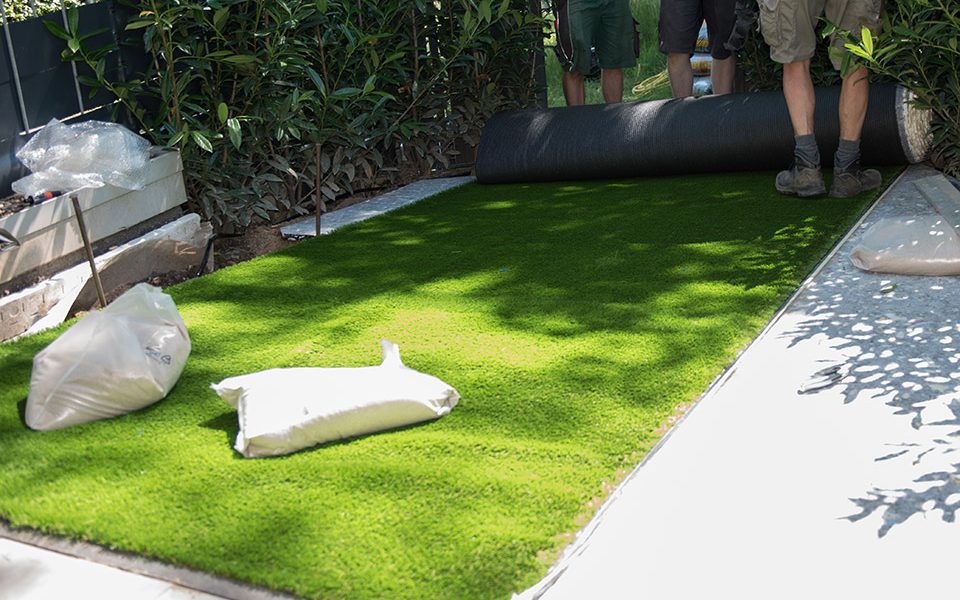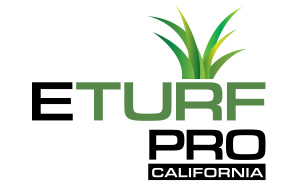What Can Damage Synthetic Grass?
Synthetic grass is an economical, eco-friendly, and sturdy alternative to natural grass. Yet, these surfaces are subject to damage like other lawn or garden surfaces. You can do a lot to increase and maintain its beautiful, plush appearance for years. Also, it would be best to avoid some things as they can damage your artificial grass, leaving behind a permanent stain or discoloration.
Are you trying to make the most of your lawn with synthetic turf? Before you install it, consider what can damage it. Learn what can damage the fiber and how to protect and keep the stunning lawn.
What Can Damage Synthetic Grass?
Artificial turf is a popular low-maintenance alternative to natural grass, especially for landscaping and sports fields. It’s durable and long-lasting, but it can suffer damage affecting its quality and lifespan.
Here are things that can damage ornamental grass:
Fire
Synthetic grass is designed to withstand the elements but is still susceptible to extreme heat. The heat from a bonfire or grill can melt the fibers and cause irreparable damage. It can create holes and bald spots in your lawn, losing its aesthetics. If artificial grass comes into contact with fire, replace it to avoid safety hazards and maintain the landscape’s aesthetic appeal.
Excessive Weight
Is your artificial turf constantly bearing heavy objects like machinery and vehicles? Synthetic grass can withstand the weight of people walking or playing on it. But it cannot handle the excessive weight of machines that can damage it if driven or parked on the surface.
Harsh Chemicals
Using bleach or other harsh cleaners on your yard can damage the fibers of your synthetic turf, reducing its lifespan. These chemicals cause discoloration or fading of your grass, making it look old and worn out. It happens if not correctly applied or left on the surface for an extended period. Chemicals such as insecticides or fertilizers can also cause damage if misused.
Improper Use
A synthetic lawn can suffer damage such as fraying, tearing, or ripping of the fibers due to misuse. It causes it to break down quicker than usual, so always check your manual first.
Sharp Objects
Things like knives and scissors can cause damage to your artificial lawn by puncturing or tearing the fibers, causing costly or irreparable damage. If you have young children or pets who use the yard for playing, ensure they stay away from sharp objects.
Also, exercise caution when using sharp objects around synthetic grass to avoid accidental damage.
Chewing Gum
Chewing gum is sticky and hard to remove from any surface. When gum sticks to the surface of the grass, it can harden and become difficult to remove. Scraping or pulling the gum off can damage the fibers and leave unsightly marks on the grass. Thus, you should avoid chewing gum on or around synthetic grass to prevent such damage.
Weathering
Ultraviolet radiation from the sun can cause the grass fibers to fade and deteriorate over time, resulting in a brittle and weak turf. Exposure to extreme weather conditions such as hail, heavy rain, sun, or snow can damage the grass fibers and backing. Almost grass, an expert in grass alternatives indicates that weathering doesn’t usually damage artificial turf. But overexposure to extreme weathering can cause damage.
Spills
The spills include oil, grease, paint, and harsh chemicals or dyes that damage synthetic grass. These can discolor, stain, and degrade the grass fibers, leading to a shorter lifespan.
How to Prevent Damage to Synthetic Grass?
Improper care is the most common cause of synthetic grass damage. The following tips will help keep your artificial grass looking great for years.
No Chemical Cleaners
Avoid using harsh chemicals to remove sticky substances from your grass, which could harm the plastic. Use dishwashing liquid, a mixture of vinegar and water, or a synthetic grass cleaner instead. The same is true of pesticides. Use a hose to wash any critters away.
Avoid Vacuuming
The strong vacuum’s suction can suck up your infill, an essential part of your lawn that gives it the soft, springy sensation of natural grass. It can also weaken synthetic turf, mainly if used frequently over time.
Proper Installation
When installing synthetic grass, use high-quality materials and a professional installer to ensure proper drainage and prevent uneven settling.
Keep It Clean
You need to clean your grass to keep it in good condition. If you spill something, wipe it immediately. To prevent stains that can damage your grass, use a hose to wash off any dirt or debris from your yard and set it at low pressure to avoid damaging the grass.
Regular brushing and rinsing can help prevent damage to synthetic grass by removing debris, dirt, and leaves. It also helps maintain the grass’s aesthetics and longevity.
Avoid Sharp Objects
You might be tempted to put furniture or sharp play toys on your new artificial lawn, but don’t. Sharp objects can tear holes in the grass fibers or cause them to fray over time when they rub against each other during playtime.
Use Quality Product
Choosing quality synthetic grass product ensures it is durable, resilient, and can withstand heavy foot traffic and other wear and tear.
Hire a Professional Installer
Professional installation ensures the synthetic grass is installed correctly with proper drainage and sub-base. It reduces the risk of damage and extends its durability.
Enjoy Long-Lasting Synthetic Grass Lifespan by Avoiding Possible Damage
The common causes of synthetic grass damage include exposure to extreme weather, heavy weight, sharp objects, vacuuming, chemical exposure, and spills. Practical tips on preventing damage to artificial grass involve working with professionals, removing debris, avoiding harsh chemicals, and cleaning. Regular maintenance and care for the synthetic grass ensure its durability and longevity.
Learning the causes of your artificial grass damage makes you better placed to avoid them. You can prevent an early replacement or expensive repairs by practicing prevention measures.


